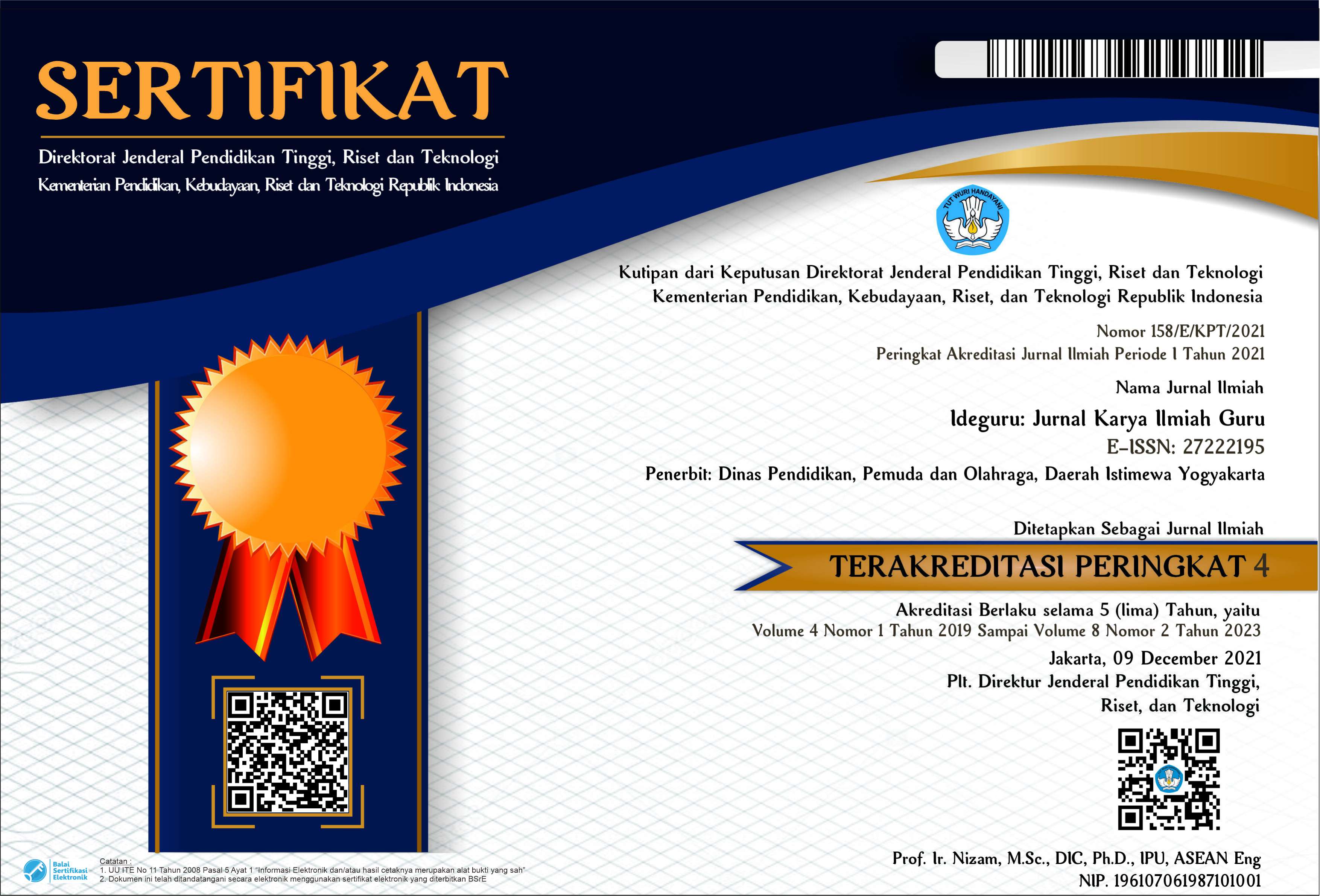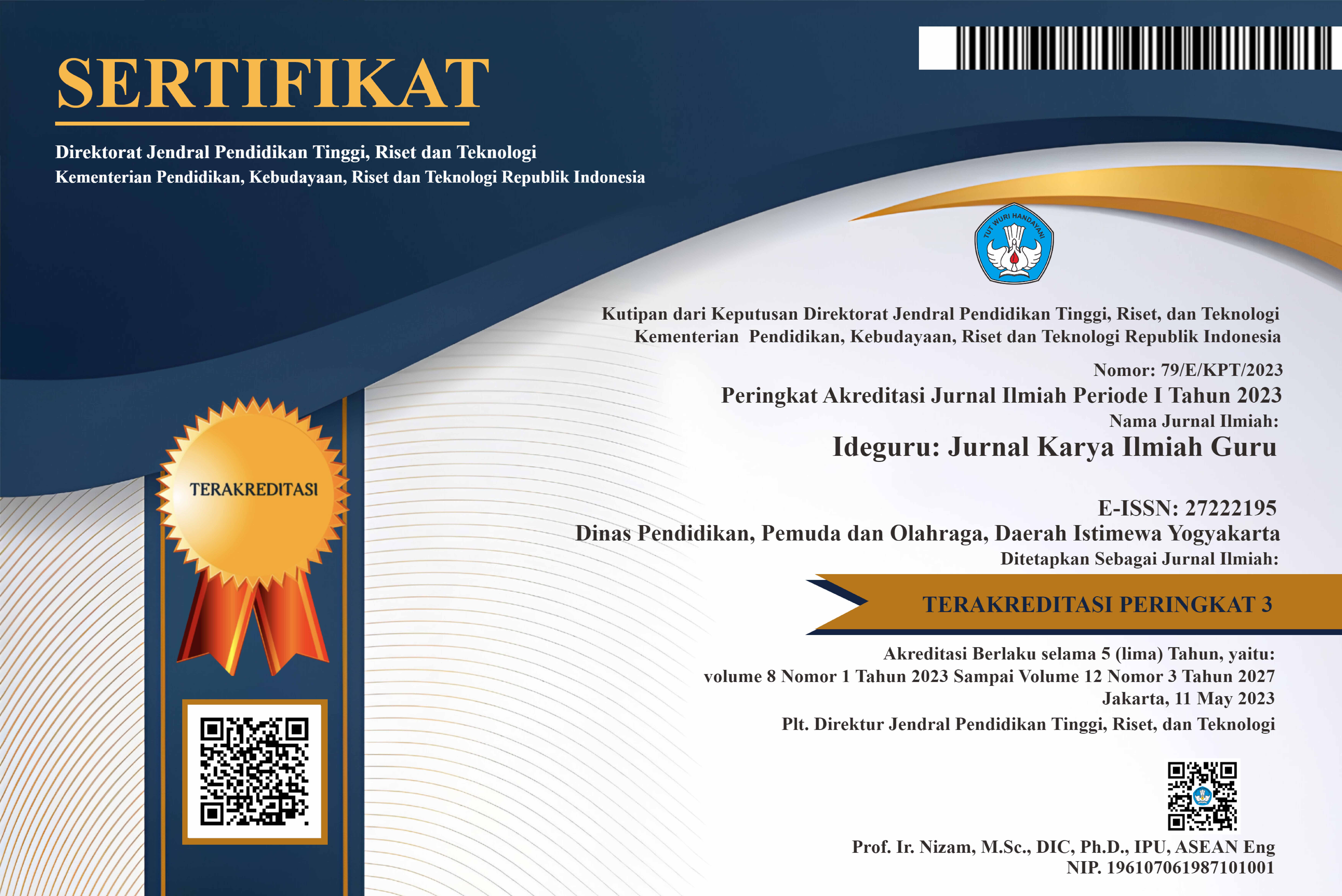Penerapan Cognitive Behavioral Therapy Disertai Model GI untuk Mengatasi Student Burnout pada Pelajaran Fisika
Abstract
Student fatigue detected by the Maslach Burnout Inventory Instrumen showed that in class XII Cross-Interest physics in sks-based schools detected there were 4 people who tested positive for student burnout syndrome. To overcome this, teachers as researchers apply the method of cognitife behavioural therapy accompanied by an investigative group learning model. This learning model was chosen with the intention that student burnout feels safe and comfortabel in the learning group in accordance with the intended model, in addition to fostering positive behavior in therapy to develop cognitive student burnout. Positive behavior in learning to investigate a problem in learning physics is expected to trained burnout students to cultivate behavior in order to overcome the fatigue they experience. The first research goal is to find out the large percentage of cognitife behavioural therapy application accompanied by the GI model in class XII Cross Interest Physics. Second to find out the percentage of completeness of studying physics in class XII Cross Interest physics in the sixth semester of 2022. Third to find out the percentage of student burnout success in the application of cognitife behavioural therapy accompanied by the GI model. Qualitative descriptive research methods with a level two research and development approach. The percentage of cognitife behavioural therapy application accompanied by the GI model in class XII Cross-Interest Physics is 98%. The percentage of completeness of studying physics in class XII Cross-Interest physics in the sixth semester of 2021-2022 is 100%. The percentage of overcoming student burnout in the application of cognitife behavioural therapy accompanied by the GI model is 100%.
PDF Downloads
Copyright (c) 2022 Hartini Dewi

This work is licensed under a Creative Commons Attribution 4.0 International License.

 DOI:
DOI:














